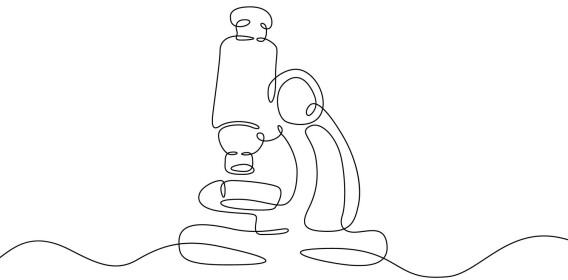Where do all the animal skeletons go?
"A dead animal is like a feast for other life," says researcher.

Life has flourished on Earth for billions of years. Animals with skeletons have lived and died for hundreds of millions of years.
So why don't we see piles of bones scattered around us – from all the birds, mice, and deer that lived before us?
Science Norway spoke with researcher John Linnell from the Norwegian Institute for Nature Research (NINA).

Time for a feast
"A dead animal is like a feast for other life," explains Linnell.
Dead bodies are packed with nutrients and energy.
"Many creatures are waiting for the chance to use that energy," he says.
Linnell studies ecology, which revolves around everything that lives – and everything that dies.
He explains that nature works like a giant recycling system.
"Every living thing will eventually die. Some trees may live for thousands of years, some animals for over a hundred, but eventually, they will die," he says.
And when something dies, new life takes its place.

38 trillion bacteria
Picture a bird taking its last breath and lying still on the ground.
"First come the bacteria and fungi," says Linnell.
They feast on the bird's body. And in doing so, they perform an essential task: Breaking down the animal's body so that the energy can be used again.
Many of these bacteria actually lived inside the bird while it was alive. The same is true for humans. Our bodies contain around 38 trillion bacteria, according to Norwegian SciTech News.

Sinks into the ground
After a while, more microorganisms join the feast.
"They reproduce quickly," says Linnell.
As fungi and bacteria feed on the bird, they create heat, fluids, and gases that help break down the body.
"Some of it seeps into the soil, becoming nourishment for plants and insects," he says.
Flies and beetles lay their eggs in the carcass.
"And after a few days, hundreds of thousands of larvae hatch," he says.
Then a small army of larvae forms, consuming most of the soft tissue.

Bones and all
The larger guests want a share too.
"Crows, ravens, magpies, and eagles follow the scent, and so do foxes, badgers, and other creatures," he says.
Small animals like mice and birds are usually eaten entirely by scavengers such as foxes or ravens.
"Bones and all," says Linnell.
Most viewed
But there aren't many animals that can chew through the large bones of moose or deer.
Those take time.
Want to gnaw in peace
"Larger animals, like foxes, often bite off and drag away larger parts, such as bones or the head," says the researcher.
They do this to gnaw in peace or to bury the pieces and save them for later.
"Wolverines are especially known for that," he says.
They tear off large chunks and hide them in bogs, streams, underground, or in snow – returning weeks or even months later to retrieve them.
Bones are healthy
Large animals such as foxes, badgers, wolverines, bears, and wolves often try to break open bones.
"Inside lies the marrow, a fatty, energy-rich substance," says Linnell.
Even the bones themselves are valuable.
"Mice sometimes gnaw on old bones to get essential minerals," he says.
After enough chewing and gnawing, even the biggest bones break apart.
"And once that happens, the process speeds up," he says.
Weather, wind, and other animals can reach what's left more easily.
In the end, the animal seems to disappear completely, because nature leaves nothing to waste.
It's a vast collaboration between invisible microorganisms, insects, birds, and other animals. The nutrients find a new home.
"Death is simply the beginning of new life," says Linnell.
———
Translated by Alette Bjordal Gjellesvik
Read the Norwegian version of this article on ung.forskning.no
Related content:

Subscribe to our newsletter
The latest news from Science Norway, sent twice a week and completely free.


























































